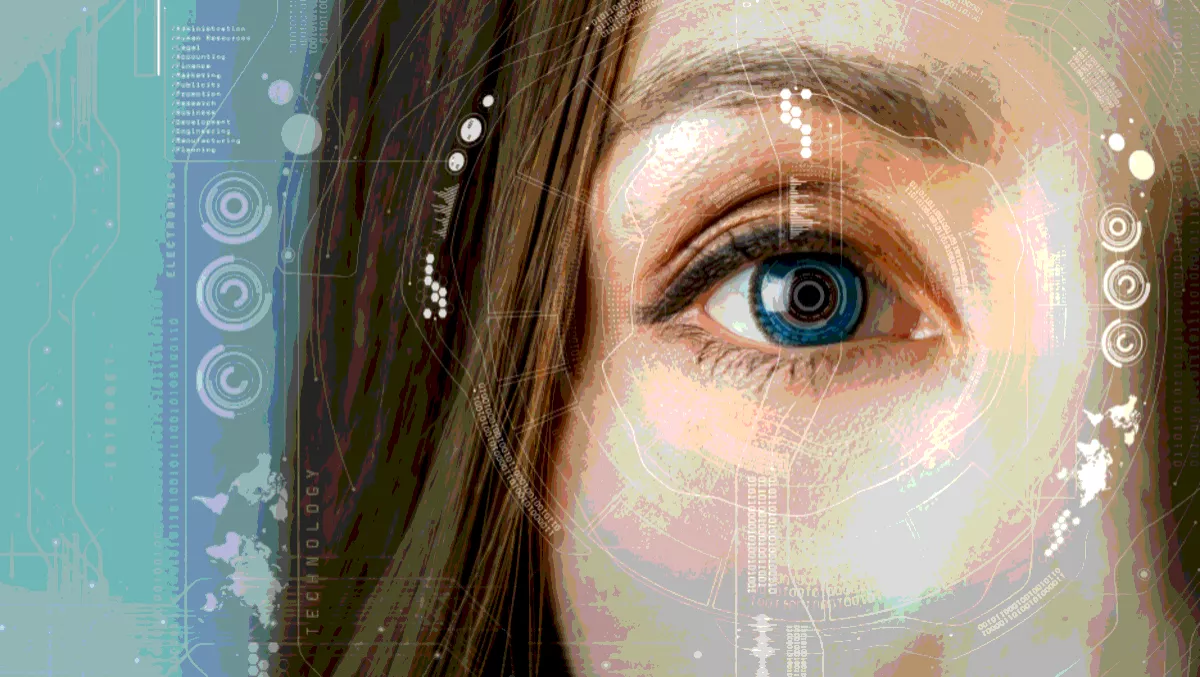Of all the parts of the human body, there's no doubt that eyes are among the most expressive with a common label being 'the windows to the soul'.
Now, new artificial intelligence research has revealed they may also be a window into your personality, simply by the way they move.
Developed by the University of South Australia in partnership with the University of Stuttgart, Flinders University and the Max Planck Institute for Informatics in Germany, the research employs cutting-edge machine learning algorithms to demonstrate the link.
42 people took part in the study with their eye movements tracked as they underwent their everyday lives around a university campus – followed by a personality traits questionnaire to determine a link from the eyes.
Findings from the research have uncovered that by analysing people's eye movements, you can determine whether they are sociable, conscientious, or curious, with the software constantly recognising four of the Big Five personality traits: neuroticism, extroversion, agreeableness, and conscientiousness.
UniSA's Dr Tobias Loetscher is excited about the research as he believes it opens up new links between previously under-investigated eye movements and personality traits, important insights for emerging trends of social signal processing and social robotics.
"There's certainly the potential for these findings to improve human-machine interactions," Dr Loetscher says.
"People are always looking for improved, personalised services. However, today's robots and computers are not socially aware, so they cannot adapt to non-verbal cues. This research provides opportunities to develop robots and computers so that they can become more natural, and better at interpreting human social signals.
Dr Loetscher asserts another vital part of the research is it wasn't done in a contained and controlled lab, it was done in the real world in real scenarios.
"This research has tracked and measured the visual behaviour of people going about their everyday tasks, providing more natural responses than if they were in a lab," Dr Loetscher says.
"And thanks to our machine-learning approach, we not only validate the role of personality in explaining eye movement in everyday life, but also reveal new eye movement characteristics as predictors of personality traits.


